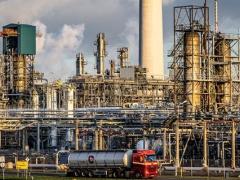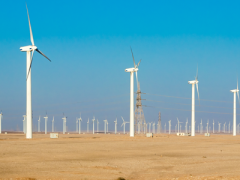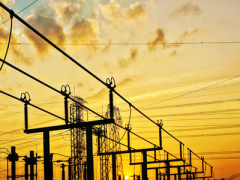Greenhouse gas emission curves for advanced biofuel supply chains
Most climate change mitigation scenarios that are consistent with the 1.5–2 °C target rely on a large-scale contribution from biomass, including advanced (second-generation) biofuels. However, land-based biofuel production has been associated with substantial land-use change emissions. Previous studies show a wide range of emission factors, often hiding the influence of spatial heterogeneity. Here we introduce a spatially explicit method for assessing the supply of advanced biofuels at different emission factors and present the results as emission curves.
Dedicated crops grown on grasslands, savannahs and abandoned agricultural lands could provide 30 EJ Biofuel yr−1 with emission factors less than 40 kg of CO2-equivalent (CO2e) emissions per GJ Biofuel (for an 85-year time horizon). This increases to 100 EJ Biofuel yr−1 for emission factors less than 60 kg CO2e GJ Biofuel−1.
While these results are uncertain and depend on model assumptions (including time horizon, spatial resolution, technology assumptions and so on), emission curves improve our understanding of the relationship between biofuel supply and its potential contribution to climate change mitigation while accounting for spatial heterogeneity.
This article is available on the publisher’s website via restricted access.
Authors
Specifications
- Publication title
- Greenhouse gas emission curves for advanced biofuel supply chains
- Publication date
- 20 November 2017
- Publication type
- Publicatie
- Magazine
- Nature Climate Change
- Product number
- 3149




